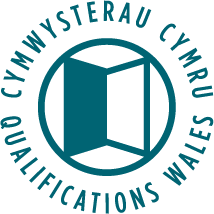Perform Routine Electrocardiograph (ECG) Procedures
- Unit ID:
- CCY544
- Unit Code:
- PH13CY035
- Level:
- Three
- Credit Value:
- 4
- Sector:
- 1.2
- LDCS:
- PH1
- GLH:
- 30
- Last registration date:
- 31/08/2028
- Lower age restriction:
- 16

This unit forms part of one or more qualifications.
Purpose and Aim
This unit covers the performance of recording electrocardiograph (ECG) at rest and ambulatory electrocardiograph (ECG) procedures. The unit includes connection and disconnection of electrodes and acquisition of data ready for analysis. The procedures may be performed in a number of care settings such as outpatient departments, ward areas and GP practices.
Learning OutcomesThe learner will
|
Assessment CriteriaThe learner can
|
||||||||||||||||||||
|---|---|---|---|---|---|---|---|---|---|---|---|---|---|---|---|---|---|---|---|---|---|
|
|
||||||||||||||||||||
|
|
||||||||||||||||||||
|
|
||||||||||||||||||||
|
|
Assessment Methods:
Assessment Information:
Valid consent must be in line with agreed UK country definition.
Special needs may include the need to use alternative positions for placing the electrodes due to dressings, sound supports, limbs missing, etc.
If not specifically stated in the assessment information, a plural statement in any assessment criterion means a minimum of two.
Other Mappings:
Mapping to National Occupational Standards (NOS) and the Knowledge and Skills Framework(KSF) for the NHS.
NOS ref: CHS130
Assessor Requirements:
This unit must be assessed in line with Skills for Health QCF Assessment Principles.